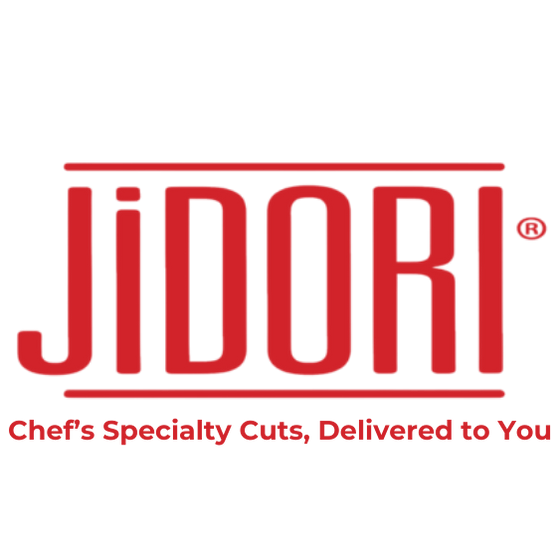Whether you're a passionate home chef or a busy restauranteur, you want to be confident in the safety and quality of your ingredients, and that includes your proteins like chicken. The United States Department of Agriculture (USDA) plays a vital role in ensuring that the chicken supply meets rigorous standards. But did you know that the USDA also categorizes the plants and facilities where chicken is processed? Without getting too deep in the weeds, we’ll take a peek behind the scenes to understand what these categories mean for the chicken you consume.

Image Source: USDA Grade A Whole Bird (Front)
Think of the USDA as the ultimate food safety and quality assurance team for the nation's poultry. They have a comprehensive system in place that covers everything from the health of the birds to the cleanliness and operational standards of the processing plants. When it comes to categorizing these facilities, the focus is primarily on the type and frequency of inspection they undergo.
Daily Mandatory Inspection
The most fundamental category, and one that applies to virtually all commercial chicken processing plants, is mandatory inspection. This is a non-negotiable requirement under the Poultry Products Inspection Act. USDA inspectors are present in these plants every single day that processing occurs. Their job is to ensure that:
-
The chicken is wholesome and free from disease.
-
The facility is sanitary and meets strict hygiene standards.
-
The processing procedures are safe and adhere to regulations.
This daily oversight is the bedrock of the USDA's commitment to food safety. It means that every piece of chicken that comes from a federally inspected plant has been scrutinized by trained professionals. For consumers, home chefs and restaurant owners alike, this provides a baseline level of confidence that the chicken you're purchasing has met essential safety standards.
Going Above and Beyond: Voluntary Grading and Inspection Services

Beyond the mandatory daily inspection, the USDA also offers voluntary grading and inspection services that processing plants can opt into. These services go a step further and focus on the quality attributes of the chicken. While not mandatory for all plants, many reputable producers choose to participate to demonstrate the quality of their products. Here are a couple of key voluntary programs:
-
Quality Grading (e.g., Grade A, B, C): This is likely the most familiar voluntary program. USDA graders evaluate chicken based on factors like conformation (shape), fleshing (amount of meat), fat covering, and the absence of defects (bruises, broken bones, etc.). Grade A is the highest quality grade, signifying premium appearance and quality. While grading is voluntary, seeing a USDA grade shield on your chicken is a good indicator that the processor has taken extra steps to ensure a high-quality product. (Jidori Chicken has the USDA Grade A shield)
-
HACCP (Hazard Analysis and Critical Control Points) Inspection: While HACCP is a mandatory system for food safety, the USDA also provides guidance and oversight for its implementation. This is a proactive, science-based system that identifies potential hazards in the food production process and puts controls in place to prevent them. Facilities with robust HACCP plans demonstrate a strong commitment to preventing foodborne illness.
What These Categories Mean for Your Ingredient Choices:

For home chefs and restauranteurs who prioritize quality, understanding these USDA categories can offer valuable insights:
-
Mandatory Inspection is Your Foundation: You can generally be assured that any commercially sold chicken from a USDA-inspected plant has met basic safety standards.
-
Voluntary Grading Signals Higher Quality: When you see the USDA Grade A shield, it indicates that the chicken has met specific quality standards for appearance and condition. This can be a helpful indicator when you're looking for premium cuts for your dishes.
-
HACCP Focuses on Prevention: Knowing that a processing plant adheres to strong HACCP principles reinforces their commitment to food safety throughout their operations.
The Jidori Quality
At Jidori Chicken, we understand that the journey of our premium chicken from the farm to your kitchen is paramount. We are committed to working with processing facilities that not only meet the mandatory USDA inspection requirements but also often participate in voluntary quality programs. This dedication ensures that the chicken you receive from us is not only safe but also of the highest quality, with the exceptional flavor and texture you expect for your culinary creations.
Making Informed Choices for Delicious Results:
While this information is not commonly known by average consumers, understanding the basics can empower you to make informed choices about the chicken you use. So the next time you're planning your menu, rest assured that the USDA Grade A shield on your Jidori chicken means that our chicken meets the highest quality standards and that we go the extra mile to deliver exceptional quality for our valued customers.

